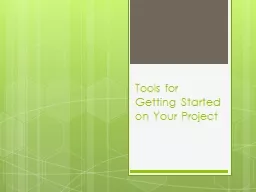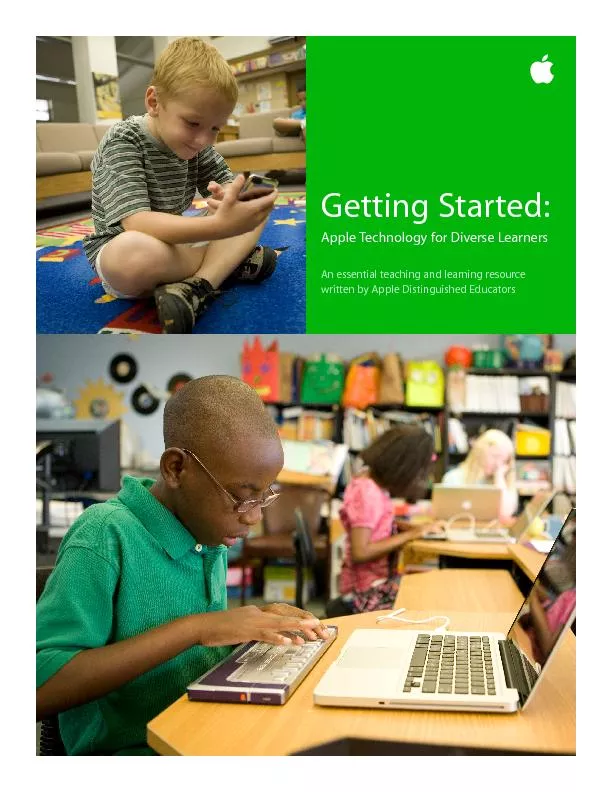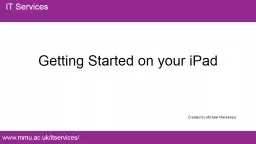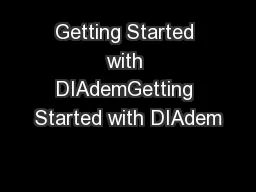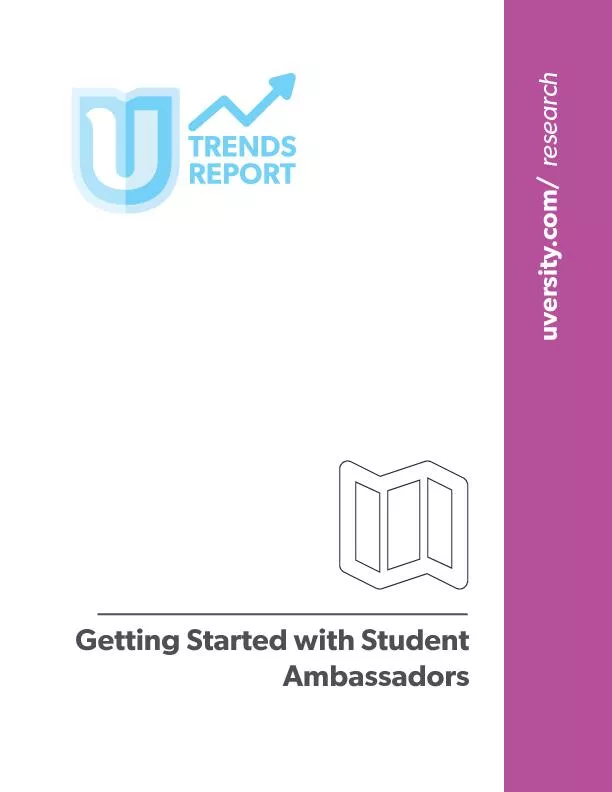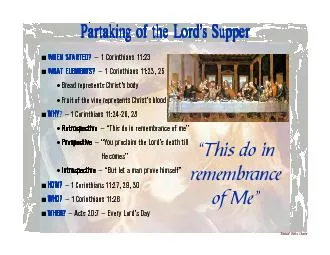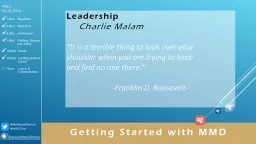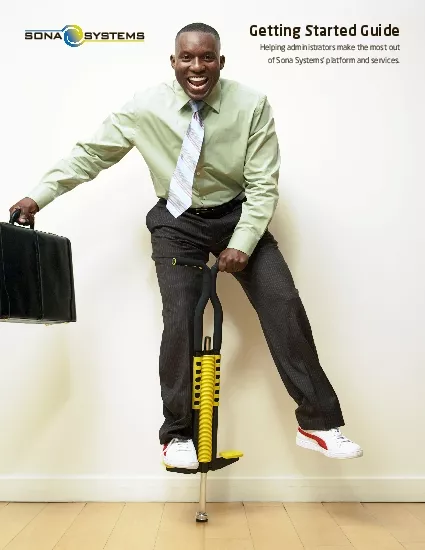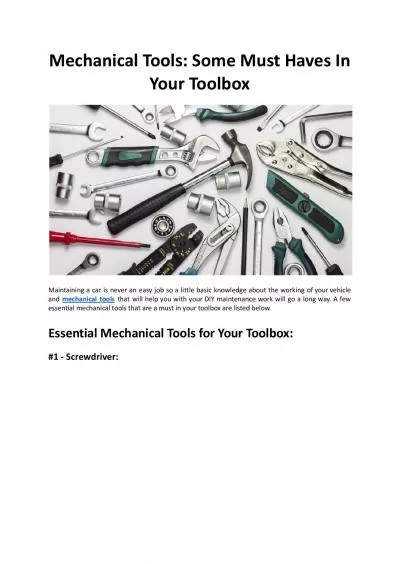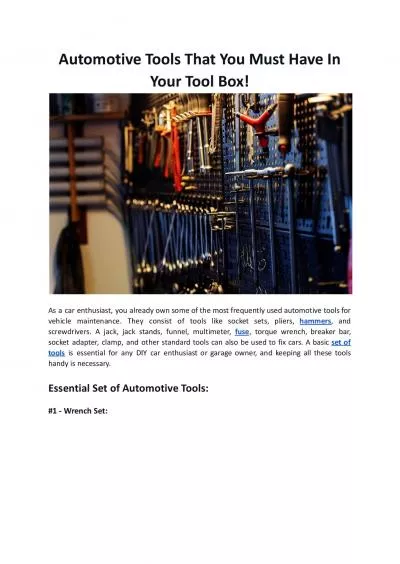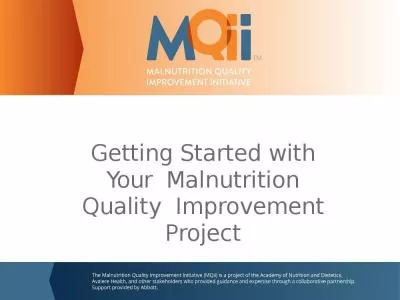PPT-Tools for Getting Started on Your Project
Author : sherrill-nordquist | Published Date : 2016-06-10
Today well cover Tools and activities that can help you Think about what you are doing and why Plan ahead create structure make a road map increase likelihood of
Presentation Embed Code
Download Presentation
Download Presentation The PPT/PDF document "Tools for Getting Started on Your Projec..." is the property of its rightful owner. Permission is granted to download and print the materials on this website for personal, non-commercial use only, and to display it on your personal computer provided you do not modify the materials and that you retain all copyright notices contained in the materials. By downloading content from our website, you accept the terms of this agreement.
Tools for Getting Started on Your Project: Transcript
Download Rules Of Document
"Tools for Getting Started on Your Project"The content belongs to its owner. You may download and print it for personal use, without modification, and keep all copyright notices. By downloading, you agree to these terms.
Related Documents

